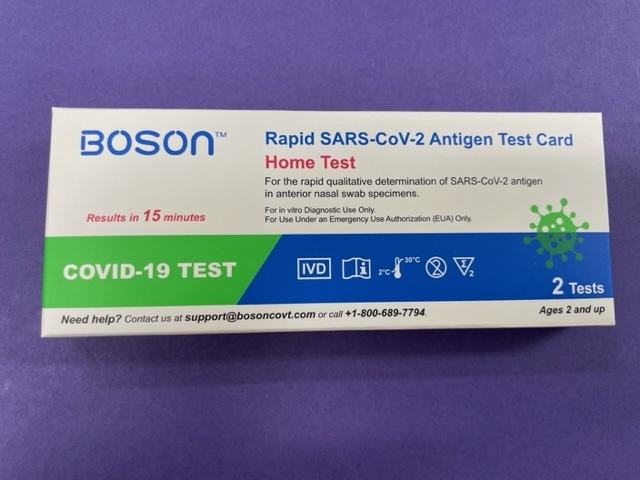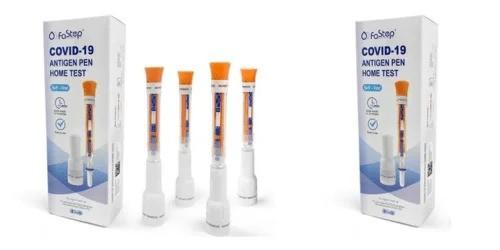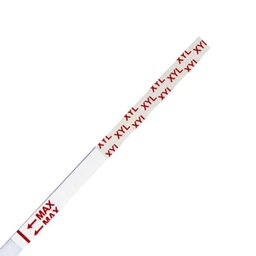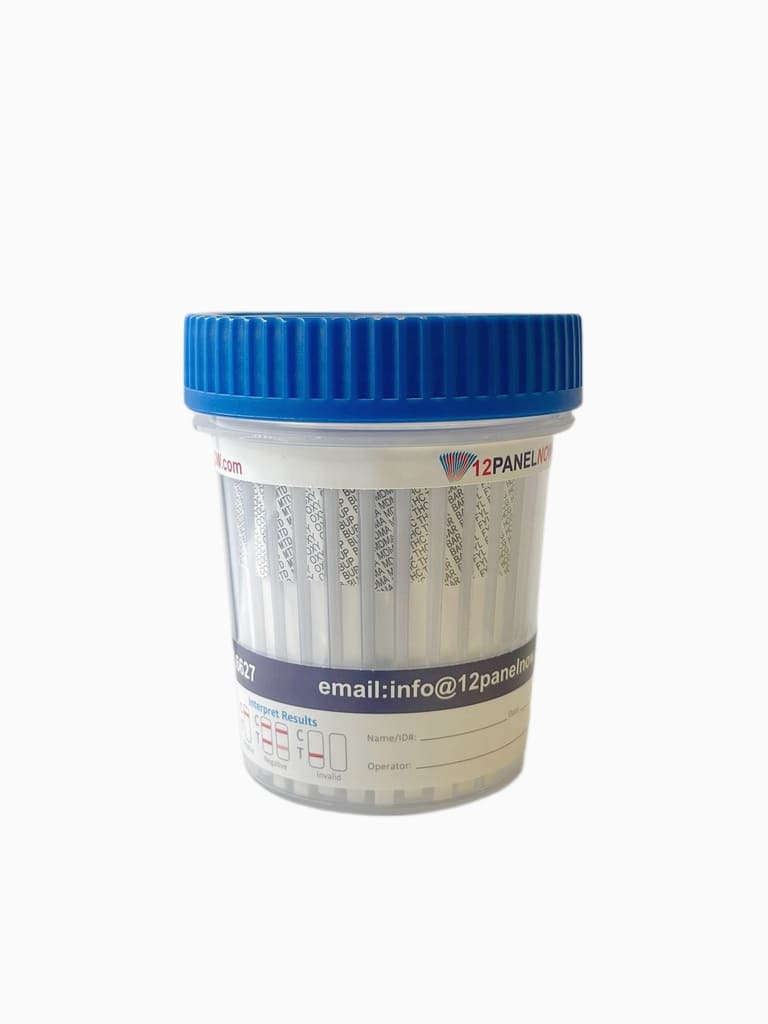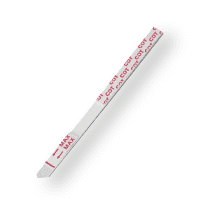What does a Xylazine Drug Test entail?
Xylazine, also known as tranq dope and zombie drug on the streets, is commonly employed in veterinary medicine as a sedative and tranquilizer for large animals.
Initially discovered as an illicit additive in drug use in Puerto Rico during the early 2000s, it has gained widespread attention due to its alarming impact on the human body and its association with numerous drug overdose fatalities.
The Xylazine drug test is a tool used to identify the presence of xylazine in substances. Similar to other dip drug tests, these tests operate by producing a color change when the drug is detected.
These dip tests are primarily utilized in harm reduction settings to examine substances for unexpected or potentially harmful adulterants.
Although Xylazine is not classified as a controlled substance, the Drug Enforcement Administration has urged the public to be cautious of its hazards and its reported combination with illicit drugs.
Reports have indicated that xylazine has been detected in drug mixtures containing illicit opioids such as fentanyl and heroin. The utilization of Xylazine and fentanyl has contributed to a rising number of overdose deaths in northeastern communities like New York City, parts of Rhode Island, and its prevalence has been spreading westward towards California in communities near San Francisco and Los Angeles.
What effects does Xylazine have on the human body?
Xylazine, which is exclusively approved for veterinary use by the FDA, is not authorized for human consumption.
Presently, it is solely accessible to licensed veterinarians who are trained to administer it exclusively to non-human mammals. However, xylazine has infiltrated the illicit drug market, exposing both drug addicts and unsuspecting users to its alarming physical side effects.
Referred to as the "zombie drug," illicit use of xylazine in injectable form has been associated with distressing conditions, including decaying skin and skin ulcers around the injection site.
These severe skin wounds have been observed to deteriorate and, in some instances, lead to bone exposure, necessitating amputation in certain cases.
Due to its nature as an animal sedative, xylazine can induce respiratory depression, muscle relaxation, and low blood pressure in humans. It also produces pronounced side effects such as pronounced drowsiness and fatigue, resulting in a haggard appearance for the user. These factors partly explain why xylazine has acquired the moniker "the zombie drug."
What are the instructions for utilizing the Xylazine Dip Test?

Test Directions:
What are the instructions for utilizing the Xylazine Dip Test?Open the sealed pouch containing the Xylazine dip test and use it promptly. For optimal outcomes, perform the test within one hour.
Hold the dip test at the end where the product name is visible. Refrain from touching the test membrane to prevent contamination.
-
Hold the dip test vertically and immerse it in the urine specimen for a minimum of 10-15 seconds. Ensure that the test is not submerged beyond the maximum line (MAX) indicated on the test, which is approximately 1/5th of the way up the dip test.
- Once the Xylazine drug test is complete, remove it from the urine specimen and place it on a non-absorbent flat surface. Start the timer and wait for the colored band(s) to appear.
- After 5 minutes, examine the test result. Do not interpret the result after 10 minutes as it may no longer be accurate.
How can one conduct a test to detect the presence of Xylazine?
Xylazine has reportedly been mixed into illicit street drugs, catching both drug users and first responders off guard. The intoxicating effects of this drug are similar to synthetic opioids such as fentanyl. While naloxone, a drug used to treat narcotic opioid overdoses, can be administered by first responders to counteract fentanyl overdose effects, it does not reverse the effects of xylazine, such as slow breathing.
Although relatively new in public awareness, individuals interested in conducting xylazine testing have the option to acquire a xylazine test through Bulk Drug test. Bulk drug test offers a range of multi-drug tests and provides accurate single-panel tests that are fast and reliable. Currently, they offer one of the few available xylazine drug tests in the form of a precise single-panel test. A single-panel xylazine drug test is capable of detecting the presence of xylazine in urine at a specific cutoff level. These tests are straightforward and user-friendly, delivering accurate results within a few minutes. To administer the xylazine drug test, one simply dips the test dipstick into a urine specimen for 10-15 seconds, then places it on a non-absorbent surface to evaluate the results at the 5-minute mark.
Interpretation of Xylazine Drug Test Results:
Presence of Xylazine Detected.
A single colored band is visible in the control region (C), indicating a valid test. However, no visible colored band is observed in the test region (T).
No presence of Xylazine Detected.
Two colored bands are observed on the membrane. One band appears in the control region, while another band appears in the test region (T).
The test result is deemed invalid.
The control band is not visible. Any test that does not display a control band within the designated reading time should be disregarded. Please review the instructions and repeat the test using a new kit. If the issue persists, discontinue the use of the kit and promptly contact your local distributor.
Adverse Effects of Xylazine
Xylazine, originally developed as a veterinary sedative and not classified as an opioid, has been increasingly linked to overdoses and deaths, particularly when combined with illicit substances such as fentanyl, opioids, cocaine, heroin, benzodiazepines, and alcohol. Acting as a depressant on the central nervous system, this drug can lead to various negative consequences, including but not limited to:
Drowsiness and memory loss:
Xylazine has the potential to induce profound sedation, resulting in drowsiness, and it can also have an adverse effect on memory function.
Suppression of Vital Signs:
Xylazine has the potential to cause critical reduction in vital signs, including blood pressure, heart rate, and respiratory rate, reaching dangerously low levels.
Elevated Susceptibility to Overdose:
The likelihood of a potentially fatal overdose rises substantially when xylazine is combined with opioids and other depressants. Moreover, the effectiveness of naloxone, a medication utilized to reverse opioid overdose, may be diminished in instances involving the presence of xylazine.
Development of Skin Ulcers and Abscesses:
The utilization of xylazine has been linked to the emergence of skin ulcers and abscesses. This occurrence is thought to be a result of the vasoconstrictive impact of xylazine on blood vessels, leading to reduced skin perfusion.
Despite its intended veterinary use, xylazine has been detected in the illegal drug market, resulting in its misuse among individuals who inject drugs. Ongoing research is underway to gain a deeper understanding of usage patterns, the dynamics within the illicit drug supply, and the interactions between xylazine and synthetic opioids. These investigations are vital in addressing the escalating overdose crisis.
What are the applications of Xylazine?
Illicit use of xylazine is prevalent among individuals seeking to enhance the duration of euphoric effects when combined with other drugs, such as fentanyl, in illicit opioid mixtures. Similarly, when mixed with heroin, xylazine is used by individuals who inject drugs, as reported by the Drug Administration.
In its legitimate veterinary application, xylazine is an FDA-approved sedation drug for animals. Prior to its emergence as a concerning illicit substance, xylazine has been and continues to be utilized in veterinary medicine for sedating large mammals, including cattle, deer, horses, mules, elk, and others.
In response to the discovery of xylazine being used as an adulterant in illegal drugs, the FDA is taking steps to impose restrictions on certain xylazine imports. Collaborating with the DEA and other federal agencies, efforts are being made to ensure that all shipments of xylazine are allocated solely for legitimate purposes.
Is Xylazine classified as a controlled substance?
Xylazine is not categorized as a controlled substance, which refers to drugs regulated by federal law. However, traces of xylazine have been discovered in the illicit drug market, where it is sold by drug dealers as part of illegal drug trade, particularly in the United States. The early instances of xylazine being used as an adulterant in other drug mixtures can be traced back to Puerto Rico in the early 2000s.
The growing prevalence of xylazine as a substance used beyond its intended purpose as an animal sedative has raised concerns due to its potent opioid-like effects. It has been associated with an increasing number of overdose-related deaths during the ongoing opioid crisis. In some cases, xylazine abuse is reported among individuals seeking to prolong the effects of other drugs like fentanyl or heroin.
In the event of a xylazine overdose, particularly when used in conjunction with xylazine-containing fentanyl in a drug mixture, individuals may exhibit unresponsiveness and a grayish skin tone.
Is xylazine considered an addictive substance?
Frequent usage of the illicit drug xylazine can significantly increase the risk of addiction. With xylazine being introduced as an adulterant in the illegal drug market, individuals who are already struggling with drug abuse and opioid use, particularly fentanyl addicts, have become susceptible to addiction to these drug mixtures.
Since xylazine is commonly found in conjunction with fentanyl, there is a clear potential for addiction with this drug combination. The injection or consumption of unknown quantities of the highly dangerous drug xylazine can be particularly lethal due to its profound sedative effects. Some individuals who have injected small amounts of xylazine have reported experiencing prolonged periods of sleep, while other reports suggest that xylazine use can induce a state of coma in users

To install this Web App in your iPhone/iPad press ![]() and then Add to Home Screen.
and then Add to Home Screen.





















